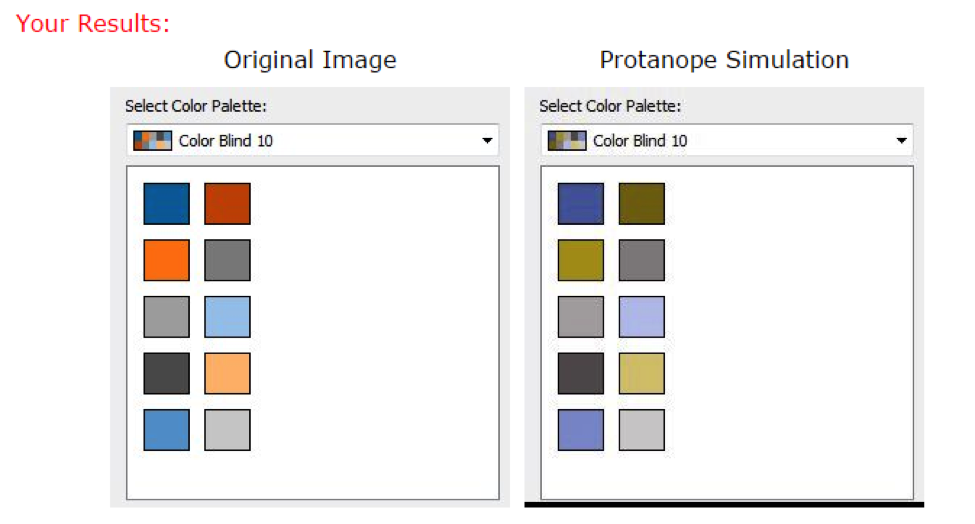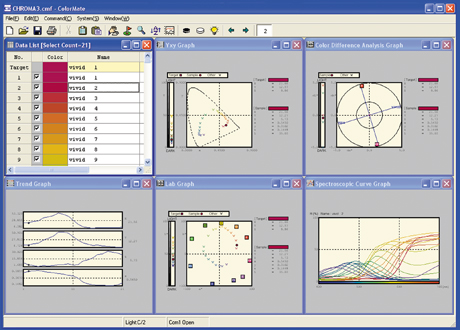

#Fiche Color Retrieval Software plus#
Take the issue plus four issues before and four issues after (nine issues total).Īverage the cycle times for the nine issues. 20% of the total issues displayed (always an odd number and a minimum of 5 issues) is used in the calculation.įor example, in the screenshot below, at the point of time where an issue (green dot) is shown, the rolling average is calculated as follows: For every issue shown on the chart, the rolling average (at that point in time) is calculated by taking the issue itself, X issues before the issue and X issues after the issue, then averaging their cycle times. The rolling average (blue line on the chart) is issue-based, not time-based. Just select the statuses that represent the time spent on an issue from the time it is raised until work was completed. You can also configure the Control Chart to show lead time data instead of cycle time data. You would show this on the Control Chart by selecting 'In Progress' and 'In Review' as the Columns, as this would show the time that issues have spent in those two statuses.

#Fiche Color Retrieval Software software#
Note, the Control Chart will attempt to select these statuses automatically.įor example, if you are using the ' Jira Software Development' workflow, you may consider work to have started on an issue when it transitions to 'In Progress', and work to have completed when it transitions from 'In Review' to 'Done'. You should configure the Control Chart to include the statuses that represent the time spent working on an issue. The statuses used to calculate cycle time depend on the workflow you're using for your project. Lead time is similar to cycle time, but is the time taken from when an issue is logged (not when work begins) until work is completed on that issue. For example, if an issue is reopened, worked on, and completed again, then the time for this extra work is added to the cycle time. The following questions and answers cover the key functionalities of the Control Chart:Ĭycle time is the time spent working on an issue - typically, the time taken from when work begins on an issue to when work is completed, but it also includes any other time spent working on the issue. Understanding the Control Chartīefore you start using the Control Chart, you should get to know how it works. The report will fit on either A4- or Letter-sized pages in both portrait and landscape modes (note, there is a known issue printing in landscape using Chrome). To print the report, view the report and use the print functionality for your browser. If you are using Internet Explorer 8, the Control Chart will not work.


 0 kommentar(er)
0 kommentar(er)
